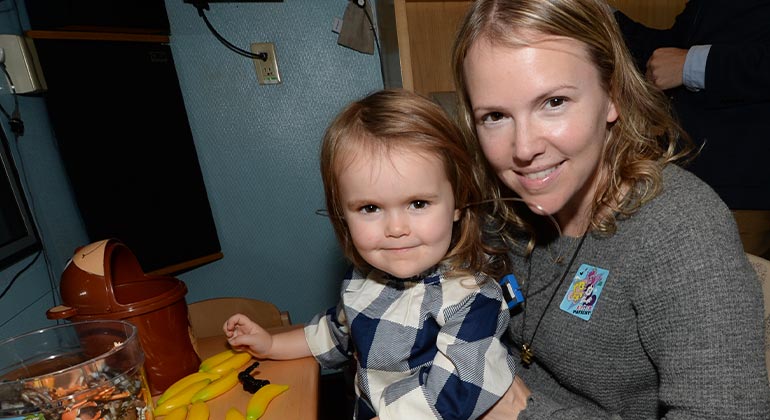
Testing for Hearing Loss in Children
There are many reasons a child may need to be tested for hearing, including frequent ear infections, a family history of hearing loss, and concerns regarding your child’s learning ability. Unlike most hearing centers, the Ear Institute has a team of audiologists dedicated to evaluating children only, beginning with newborns. Information obtained from the hearing evaluation assists in planning medical or surgical intervention, selecting appropriate technology (hearing aids and/or cochlear implants), and in making recommendations to improve functioning at school or work.
Depending on the age and level of participation of the child, these professionals may choose from a wide menu of behavioral tests, including more play-like tasks designed to elicit a measurable response. These techniques include:
- Visual reinforcement audiometry, in which a visual stimulus (such as a light-up toy) is activated by the audiologist when the child looks toward the sound.
- Conditioned play audiometry, in which the child is trained to complete an activity (such as putting blocks in a bin) each time a sound is heard.
- Auditory Brainstem Response (ABR), which is used for newborn hearing screenings. The test, also called auditory evoked potential, or AEP, tells us how the inner ear, called the cochlea, and the brain pathways for hearing are working. During the test, brainwave activity is recorded in response to sound. If the baby does not pass the test, more specific testing will be done.
For older children, the hearing test may resemble adult testing, where the child is asked to raise their hand or respond “yes” when they detect a sound.